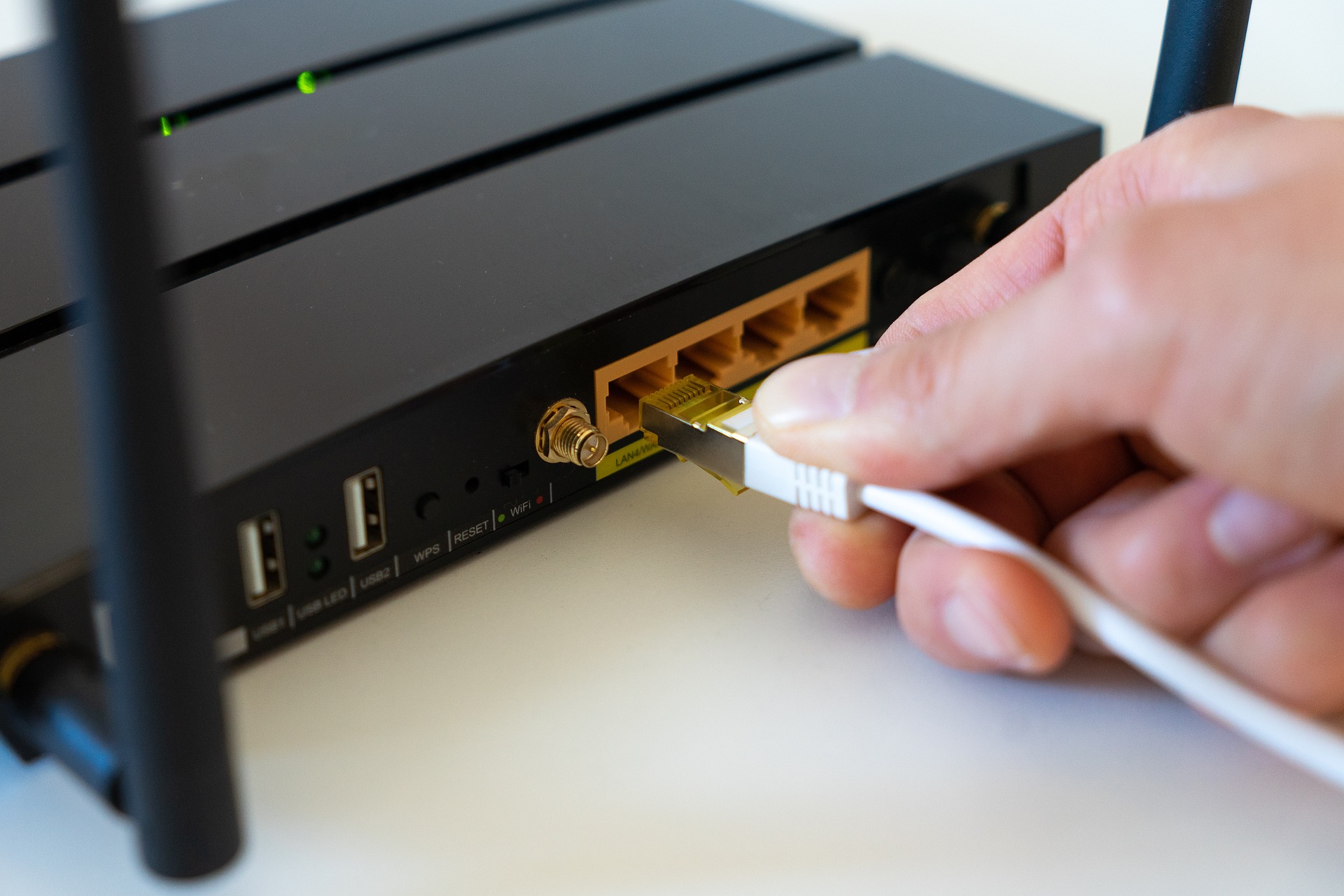Pioneering the Telecommunications Landscape with Millimeter Wave Technology
The telecommunications industry is in a state of constant evolution. With every leap and bound, we are introduced to new technologies that redefine how we connect, communicate, and consume digital content. Among these innovations, one stands out for its potential to revolutionize high-speed, high-capacity, wireless communication — millimeter wave technology.
A Glimpse Into the Past: Understanding Millimeter Wave Technology
Millimeter wave technology has its roots in the early 20th century, when several researchers began exploring the possibilities of using radio waves with extremely high frequencies. However, it was not until the late 1990s that this technology started gaining traction in the telecommunications industry. The advent of advanced digital signal processing techniques and the need for high-speed wireless communication paved the way for the exploitation of millimeter wave frequencies.
Riding the Current Wave: Millimeter Wave Technology in Today’s World
Fast forward to today, millimeter wave technology is being heavily considered for a variety of applications, from wireless broadband services to high-resolution radar systems. The advent of this technology has opened up a previously untapped frequency spectrum, enabling the transmission of large amounts of data at high speeds.
The Impact and Applications of Millimeter Wave Technology
This technology is not without its challenges. High-frequency waves have a shorter range and are more susceptible to environmental interference than their lower-frequency counterparts. However, the benefits far outweigh these hurdles. Millimeter wave technology has the potential to deliver gigabit-level broadband speeds, making it ideal for bandwidth-intensive applications such as video streaming and virtual reality.
The Future of Connectivity: Millimeter Wave Technology
With continual research and development, millimeter wave technology is set to play a crucial role in the future of wireless communication. Its ability to provide high-speed, high-capacity connectivity could significantly enhance the quality and reliability of telecom services, opening up new possibilities for businesses and consumers alike.
The Road Ahead for Millimeter Wave Technology
In conclusion, millimeter wave technology represents a significant leap forward in the telecommunications industry. Despite the challenges, the potential benefits it offers in terms of speed and capacity make it a promising solution for the future of connectivity. As we continue to push the boundaries of telecommunications, it’s technologies like these that will define our digital future.
The world of telecommunications is ever-evolving, and with every new development, we inch closer to a future defined by seamless and efficient connectivity. Millimeter wave technology is just one piece of this puzzle, a testament to the industry’s relentless pursuit of innovation and progress.





